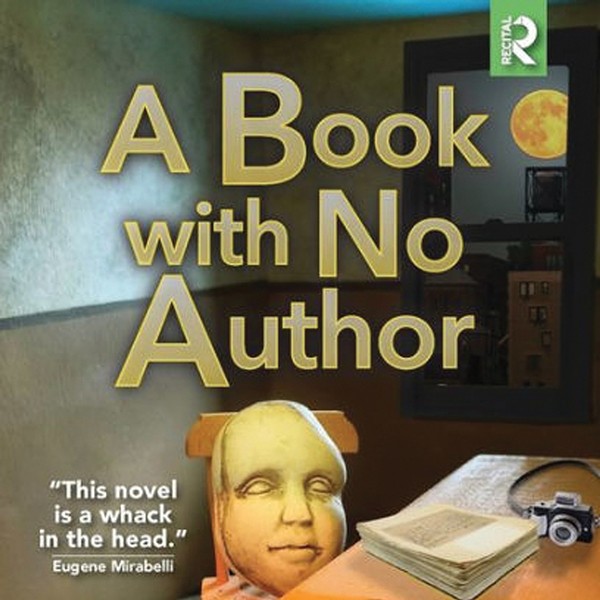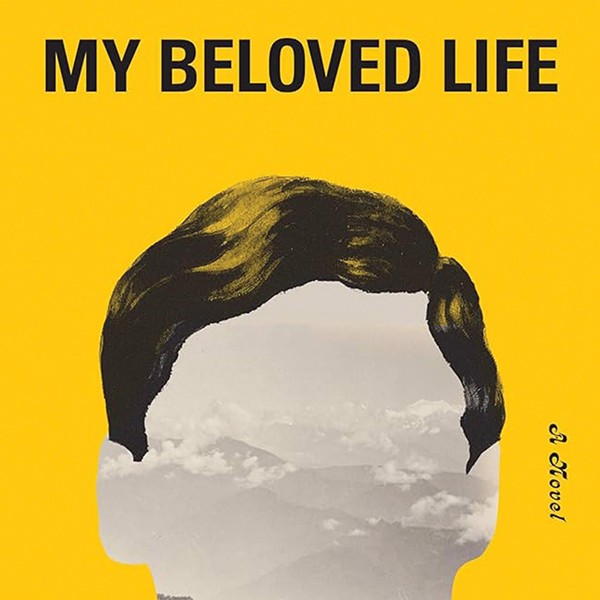Raising Cane
[]
Esmeralda Santiago is in transit. This isn’t unusual for the bestselling author, who often commutes between northern Westchester and coastal Maine, but in the weeks since her new novel Conquistadora (Knopf, 2011) was published, her travel map has included a bicoastal swath of American cities.
Conquistadora’s book tour began in Puerto Rico, where most of the novel is set—and where Santiago’s memoirs When I Was Puerto Rican (Da Capo, 1993) and Almost a Woman (Vintage, 1999) are frequent flyers on high school curricula. The reception was “awesome, amazing. Big crowds,” Santiago reports. “Readers love to tell me their own family stories. My signings are marathon affairs. They like to talk, I like to talk—it can go on for hours.”
Set in the mid-19th century, Conquistadora launches a projected series following multiple generations of the same family through the twists and turns of Puerto Rican history. Its complex, willful heroine, Ana Cubillas, dreams of leaving her native Spain for the island where one of her ancestors landed with Ponce de Leon. Marrying one of a pair of identical twins who covertly share her affections, she becomes mistress of an ill-fated sugar plantation, Hacienda los Gemelos.
Ana chafes at her oppression by men, but willingly accepts her role as a slaveholder, even while forming deeper human connections with certain slaves than with her own son. Even Severo Fuentes, the sensual plantation manager who falls in love with Ana, describes her as “hard, hard, hard.” Her unswerving passions are land and legacy: “She never asked why she’d focused all her energy and sorrow on the fate and fortunes of Hacienda los Gemelos. She only knew that from the moment she saw it, the land and everything and everyone within its borders were essential to her existence. It couldn’t be questioned, challenged, or explained. It just was.”
“Women like this exist today: CEOs, political women,” Santiago observes. “This is what they must do. If a man did it, it would be okay, but if a woman is single-minded, willing to sacrifice her personal life to reach her goals, that’s negative.”
Though she clearly admires her heroine’s drive, Santiago says, “I don’t think she would like me. I’m not as focused and visionary—I have a lot of family and close friends who are important to me. She deliberately isolates herself to follow her vision.”
So does the author, in shorter stints. Santiago and her husband of 31 years, documentary filmmaker Frank Cantor, share a spacious, art-filled house in Katonah and a second home overlooking a working lobster pound outside Port Clyde, Maine. Though she and Cantor frequently go there together or with their two grown children, Santiago also uses it as a getaway for solo writing binges, during which her car may sit in the driveway untouched for a week between grocery-shopping excursions. She keeps in touch with her husband by phone and iChat, with an occasional neighbor dropping by to make sure she’s all right. Other than that, her only companions are the voices in her head.
They’re extraordinarily talkative. Santiago’s previous books include a third memoir, The Turkish Lover (Da Capo, 2005), the just-filmed novel America's Dream (HarperCollins, 1996), and the children’s book A Doll For Navidades (Scholastic, 2005); she’s also co-edited two anthologies with Joie Davidow. Though she’s not sure exactly how many novels will follow Conquistadora, Santiago has mapped out the saga of Ana’s descendants in an ambitious long arc. Her narrative employs multiple viewpoints, including the unexpected perspectives and heartbreaking stories of several African slaves. “From the very earliest, I wanted to write about one character and her story, but also how others see her,” she says. “When we look at ourselves in a mirror, sometimes the image we see is different. We learn more from how others see us.”
The oldest of 11 children, Santiago was born in the San Juan suburb Santurce and spent most of her childhood in rural Macun, “uncontaminated by American culture.” (In When I Was Puerto Rican, she describes the first incursion of norteamericano school meals to hilarious effect.) Her mismatched parents eventually split up, and her mother moved her brood to New York when Esmeralda was 13. “There was a concerted effort on the part of the government to get rid of millions of poor Puerto Ricans,” she says. “They used to give people a one-way ticket.”
When I Was Puerto Rican vividly evokes the sights, smells, and sounds of island life and the culture shock of relocating to wintry Brooklyn. Still struggling with English, the feisty teenager auditioned for LaGuardia Performing Arts High School, where she majored in drama and dance. In 1976, she graduated magna cum laude from Harvard.
Santiago still has a theatrical presence, and it’s easy to superimpose her earthy, strong-featured beauty and distinctive dark brows with the photographs of her younger self adorning the covers of all three memoirs. Of the photo for When I Was Puerto Rican, she says, “That photographer wanted me to be his muse, his model. I was 18, very flattered he followed me around. I didn’t realize he wanted to get in my pants.” She laughs. “When I found out, I was so offended! I was so innocent. I was not allowed to date, I didn’t think that way.”
Almost a Woman’s cover photo was taken by her niece; The Turkish Lover’s, by Cantor, shortly after they met. There’s a large reproduction of it on the staircase to Santiago’s writing office, a lushly feminine nest full of silk pillows and draped rebozos, family photos, a dangling Balinese mermaid, and an informal altar with carved Buddhas, incense, and amethyst. The bookshelves are labeled with librarian neatness, and two walls are covered with dry-erase whiteboards, one with word lists for a bilingual alphabet book, the other with timelines for Conquistadora and copious post-its. Above is a quotation from Middlemarch—“A Mind Weighted With Unpublished Matter”—while below, a stand displays rows of Victorian studio portraits, purchased for five dollars at a Maine garage sale.
“They’re from the same time as my characters,” Santiago explains. “One of the reasons I live in Maine is that I have many weird and peculiar habits that if I did around my family, they’d have me committed. I call the muses forth. ‘Okay, what’s up with you guys? Come!’ I clap, I ring temple bells to call them in. If speaking doesn’t work, I tickle my bells. These kinds of rituals are very, very helpful for a writer,” she says with a shrug. “I’m not a drinker or drug taker, so I have to come up with something.”
Santiago finds the creative process mysterious. “I really don’t believe I’m creating anything. What I’m doing is setting down something that’s coming to me from some mystical source that I don’t understand, but don’t want to get mad at me.” Her laugh is full and rich. “I really believe your muses as an artist are these forces that are there to help you and nurture you, but you have to help them, too. I call them my duendes.”
Santiago came late to publishing. After her graduation from Harvard, she and Cantor formed CANTOMEDIA, a film and media production company specializing in educational documentaries about artists and environmental issues, with Santiago as writer and producer to Cantor’s cameraman/director/editor. Eventually, she also started to write for newspapers and magazines. An autobiographical essay in the Radcliffe Quarterly caught the eye of book editor Merloyd Lawrence, who invited her to write a memoir about her childhood. There was only one problem: Santiago couldn’t remember it.
“I’d made a huge effort to block out the less pleasant aspects of life—I just consistently move forward,” she says. “I’m very Taurean that way, just plowing ahead. But the more I looked back, the more I saw.” Writing down the details of her few clear memories unlocked many more. It was a deeply emotional process. “I cry a lot, especially with the memoirs. Not just little tears, but gut-wrenching, my God. You need to experience it in the writing, but there’s a whole other level you reexperience in order to write it. When you’re writing, are you reliving it? Yes. That’s why memoir is so hard, and scary, if you’re honest.”
“You have to develop confidence you don’t have,” Santiago attests. “Every book I’m going to write is already written in my head. As writers, we work against that—our confidence falters, we fall into procrastination, we get distracted. I have to really trust the fact that I know what I’m doing. It’s there, you just have to get it out. And nobody else can get it out but you.”
In Cantor’s documentary Writing a Life, Santiago is addressing an auditorium full of Bronx high school students when a young man stands up and says that her book was the first one he’d ever finished. She’s heard the same thing in copious e-mails from readers, both Spanish and English speaking. “It’s fantastic. They read one book, and they love it, and discover they love reading. I get just chills when I get those sort of messages,” she exults.
This may be why the rigors of an extended book tour don’t faze Esmeralda Santiago. After 10 years of intensive research and a long stretch of wrestling with her duendes, the author is eager to share the fruits of her labors. “It’s really exciting to know that it’s out there and people are reading it. It’s not just inside my head.”
Esmerelda Santiago will read at the Katonah Library on 9/27 at 7:30pm.

















